Products
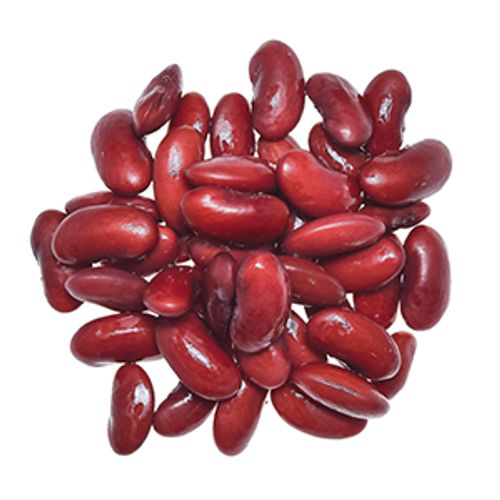
Common Bean
Origin
에티오피아
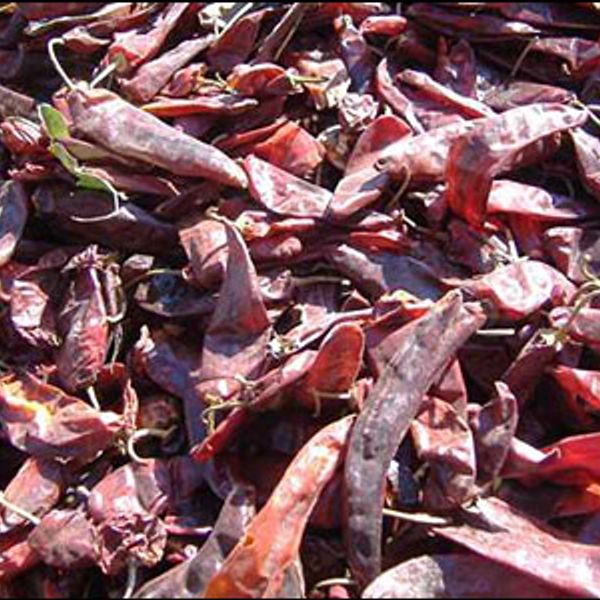
Pepper
Red peppers are sweeter, juicier, riper variation of green peppers that does a little more than spicing up your cuisines. It is the best known variety of sweet peppers and comes loaded with innumerable health benefits. This bright colored pepper does not just add up as an interesting variety to your curries and salads, but comes packed with several essential nutrients like vitamin C, thiamine, vitamin B6, betacarotene and folic acid. Like all brilliantly colored vegetables, red peppers too are a rich source of phytochemicals that have exceptional antioxidant activity. Researches have shown that red bell peppers contain significantly higher levels of nutrients than their green counterparts. They tally up as a zesty addition to eating experience and can be cooked or consumed raw. They are used extensively in salads, or cooked in stir-fries or other mixed dishes.
Chili Pepper, Pepper
High Quality, FAQ
Large, Medium, Small
Green, Red
Whole, Powder, Ground
+ 5
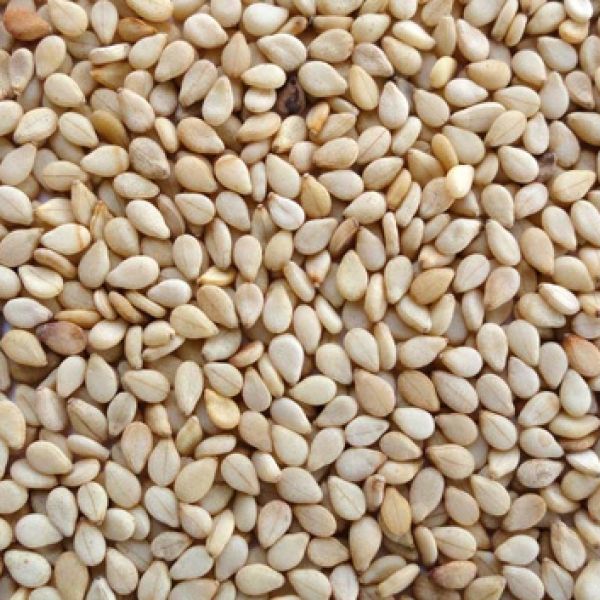
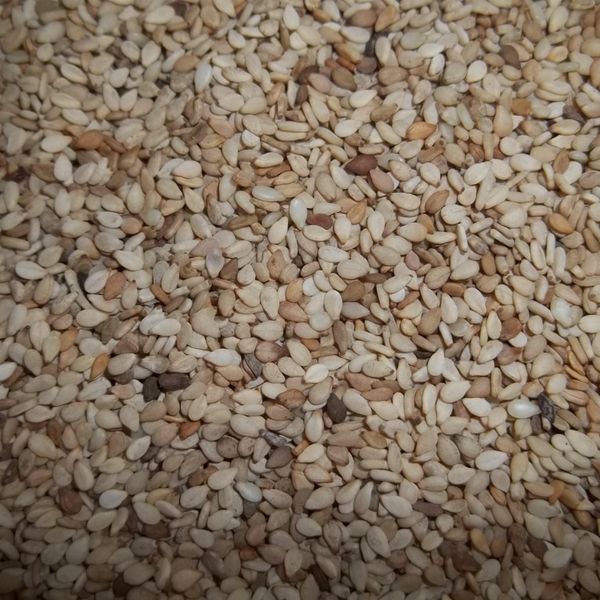
Sesame Seed
Ethiopia is known to be the center or origin and diversity for cultivated sesame. Sesame seed is one of the oilseed crops grown in Ethiopia. Sesame (Sesamum indicum L.) is one of the oldest cultivated plants in the world. Today, India and China are the world's largest producers of sesame, followed by Burma, Sudan, Mexico, Nigeria, Venezuela, Turkey, Uganda and Ethiopia
The growth of sesame is indeterminant, as the plant continues to produce leaves and flowers so longs as the weather permits. Weighing roughly one ounce each, seeds of lighter colors are considered of higher quality. Sesame is drought tolerant though not tolerant of water logging.
While it has the potential to grow in different parts of the country, sesame grows mainly in the northern and northwestern regions of Ethiopia (Humera and Wellega). For areas with shorter rainy season periods, the planting period should fall immediately after the onset of the rainy period (June to mid-September). The planting period for areas with longer rainy seasons (late May to October) the planting period should fall in the middle of that period, during which the farmer can benefit from both the rain and sun. Additionally, sesame seed can grow well in lowland/humid areas with altitudes of up to 1,250m with preferred rainfall of 500-800mm.
The growth of sesame is indeterminant, as the plant continues to produce leaves and flowers so longs as the weather permits. Weighing roughly one ounce each, seeds of lighter colors are considered of higher quality. Sesame is drought tolerant though not tolerant of water logging.
While it has the potential to grow in different parts of the country, sesame grows mainly in the northern and northwestern regions of Ethiopia (Humera and Wellega). For areas with shorter rainy season periods, the planting period should fall immediately after the onset of the rainy period (June to mid-September). The planting period for areas with longer rainy seasons (late May to October) the planting period should fall in the middle of that period, during which the farmer can benefit from both the rain and sun. Additionally, sesame seed can grow well in lowland/humid areas with altitudes of up to 1,250m with preferred rainfall of 500-800mm.
Unhulled, Hulled
As per customer's request
Machine Cleaned, Dried, Sun Dried, Raw
Purity 99.95% min, Purity 99.00% min, Purity 98.00% min, Purity 97.00% min, Uncleaned
Wollega Varieties, Humera Varieties
+ 6
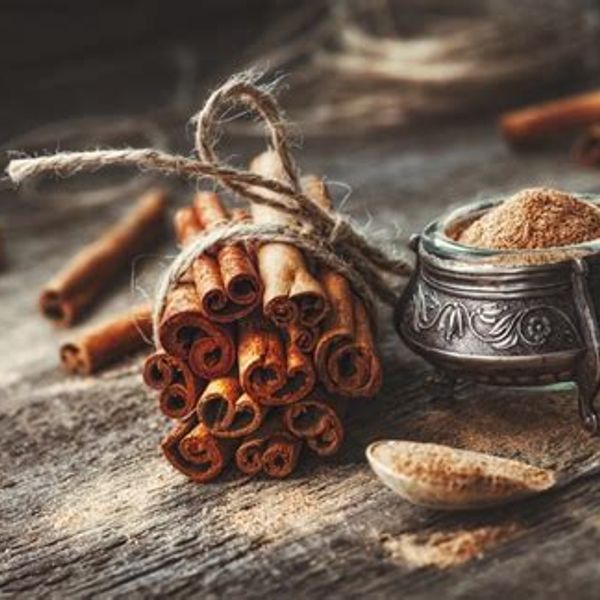
Cinnamon
Cinnamon is a powerful spice that has been used medicinally around the world for thousands of years. It is still used daily in many cultures because of the widespread cinnamon benefits, not to mention its distinctly sweet, warming taste and ease of use in recipes.
Interestingly enough, researchers have found that cinnamon ranks No. 1 out of 26 of the most popular herbs and spices in the world in terms of its protective antioxidant levels. (1) It also boasts a wide range of other health benefits, including antibacterial, anti fungal and anti-diabetic properties. we grow quite big amount of cinnamon products in Ethiopia
Interestingly enough, researchers have found that cinnamon ranks No. 1 out of 26 of the most popular herbs and spices in the world in terms of its protective antioxidant levels. (1) It also boasts a wide range of other health benefits, including antibacterial, anti fungal and anti-diabetic properties. we grow quite big amount of cinnamon products in Ethiopia
As per customer's request
Brown
Alba, C5, C4
Sticks, Powder, Whole
Organic
+ 3
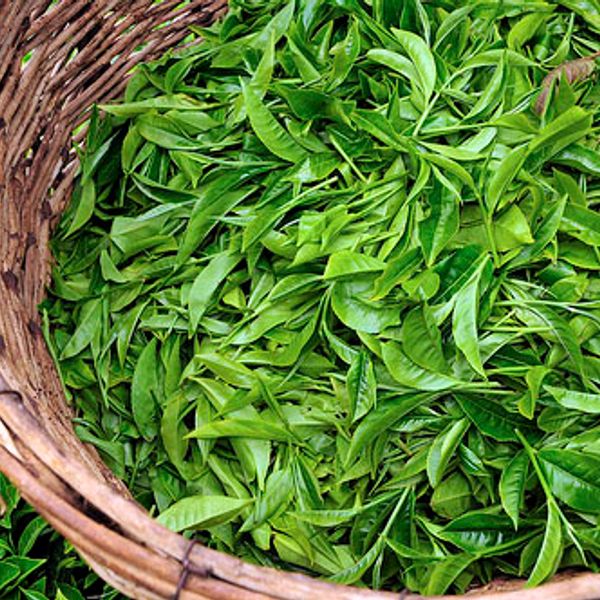
Tea plant
Tea seeds were introduced to Gumaro in 1928 through Gore town, which is adjacent to the Tea Plantation. It is believed that The British Council General in Gore (operational during the time) obtained seeds from India and distributed them to local farmers. Then in 1957, a Lebanese expatriate living in Gumaro, in cooperation with a Belgian, expanded his tea estate to 25ha. In 1981 the Government started an expansion plan and developed it to its present size of 860 hectares. In addition, Gumaro has 761 hectares of eucalyptus trees were planted to serve as fuel for tea drying in the factories.
Location: Illubabor Zone, Oromaya Region, South Western Ethiopia
Distance fro Addis Ababa:637 km South West of Addis Ababa
Plantation Size:860 ha
Altitude:1718 m
Rainfall:2089mm
Temperature :Min.120C, Max 240C
Area Under Tea:761 ha
Soil : Fertile, good drainage, red brown color, reach in organic matter
Location: Illubabor Zone, Oromaya Region, South Western Ethiopia
Distance fro Addis Ababa:637 km South West of Addis Ababa
Plantation Size:860 ha
Altitude:1718 m
Rainfall:2089mm
Temperature :Min.120C, Max 240C
Area Under Tea:761 ha
Soil : Fertile, good drainage, red brown color, reach in organic matter
Tuen Mun, Ceylon
As per customer's request
D, BPS, OPA
CTC
Leaves, Powder
+ 4
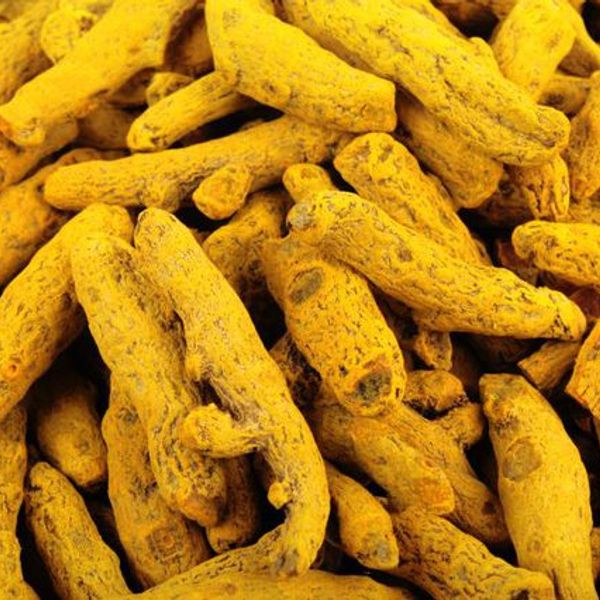
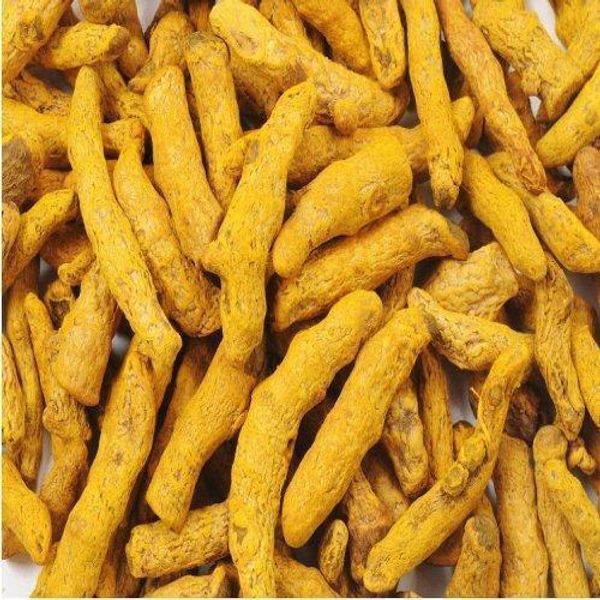
Turmeric
Ethiopian Turmeric (or called Erd) has a golden color and aroma which enriches Ethiopian culinary recipes such as Alicha dishes and other mild stews and dishes.
Ethiopia turmeric (Curcuma longa) is a spice of the same family as ginger that thrives in warm subtropical temperatures of at least 20° Celsius. It also requires a high level of rainfall to grow well which conforms to the agricultural south of Ethiopia. The rhizomes are the main producers of powder that serves as culinary additives. In Amharic culture, the yellow powder is common as a food spicing curry. Its mildly bitter taste is what makes the rhizome a major export from the country. The crop had its original home in southern Asia.
Ethiopia turmeric (Curcuma longa) is a spice of the same family as ginger that thrives in warm subtropical temperatures of at least 20° Celsius. It also requires a high level of rainfall to grow well which conforms to the agricultural south of Ethiopia. The rhizomes are the main producers of powder that serves as culinary additives. In Amharic culture, the yellow powder is common as a food spicing curry. Its mildly bitter taste is what makes the rhizome a major export from the country. The crop had its original home in southern Asia.
>5 cm, 3~5 cm, <3 cm
Dried, Fresh
As per customer's request, Mesh Bags
Brown, Yellow
Finger, Ground
+ 4


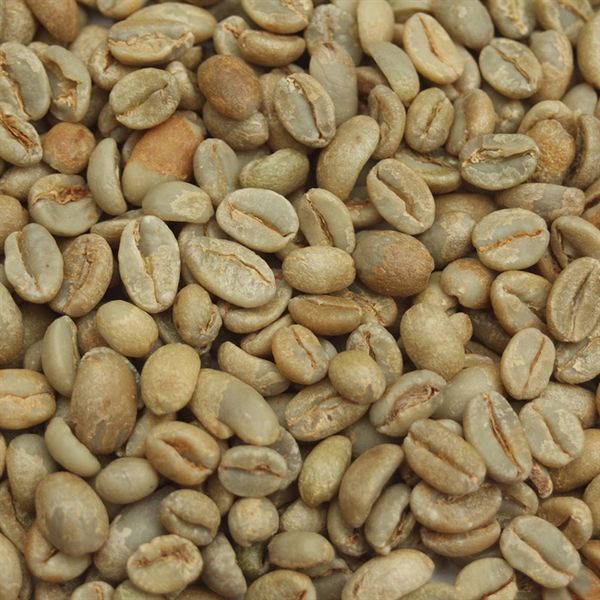
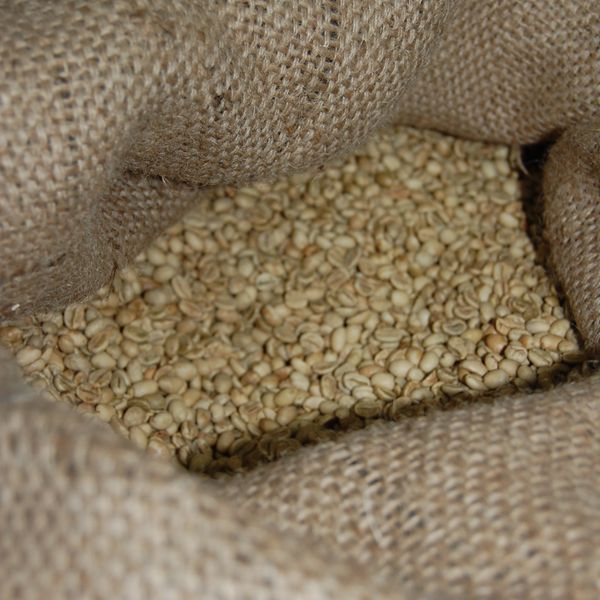
coffee
Ethiopia is the motherland of Coffee Arabica. It is endowed with a rich variety of coffee and its diverse origins. Ethiopian coffee is rich with original flavor and aroma because of the geographical (altitude, soil, temperature, rainfall, topography, ecology), genotypic and cultural variety within the country. Coffee has been growing in Ethiopia for thousands of years, in the forests of southwestern highlands. The word coffee drives from Kaffa, name of a place in the South Western Ethiopian highlands where coffee was first discovered. It is also known to be the first Coffee Arabica exporter in Africa and is currently the fifth largest coffee producer in the world.
Fruity, Nutty
Grade 4 (SCAA: Below Standard Grade), Grade 3 (SCAA: Exchange Grade), Grade 2 (SCAA: Premium Grade), Grade 1 (SCAA: Specialty Grade)
Decaffeinated - Swiss Water Process, Unwashed, Roasted, Light Roast, Raw
Powder, Ground, Whole Beans
As per customer's request
+ 7
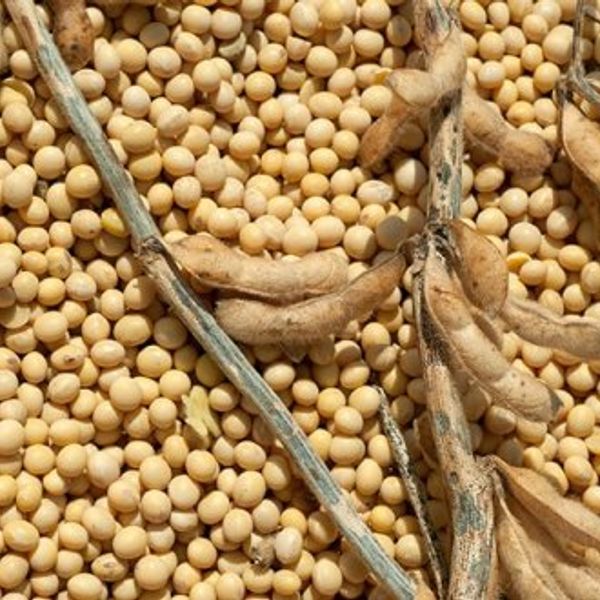
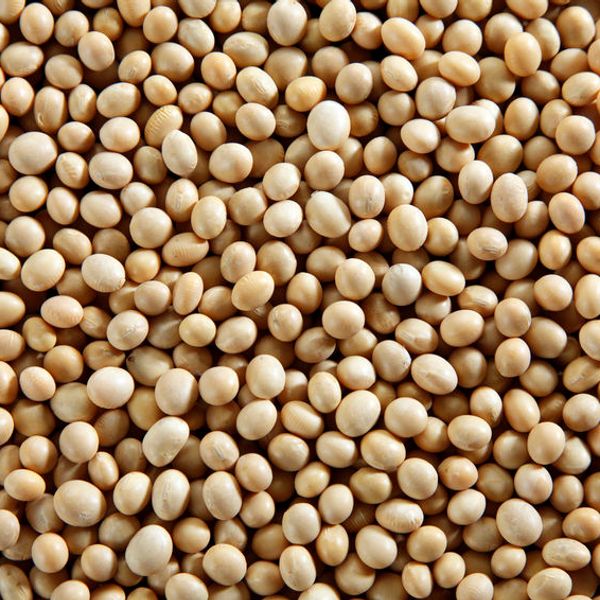
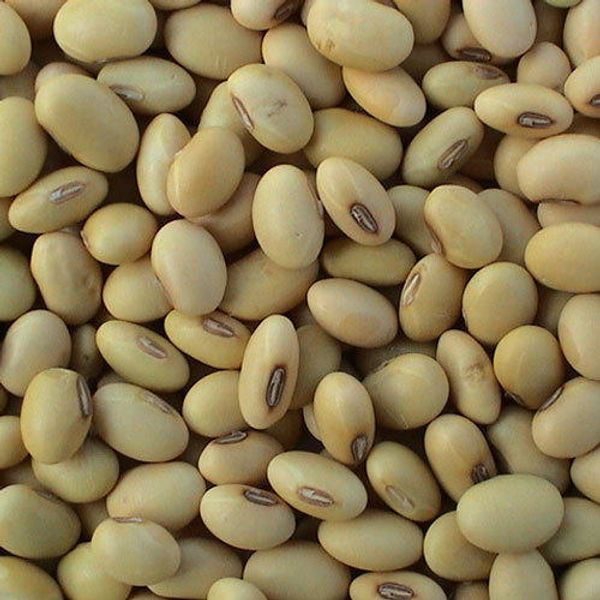
soybean
Ethiopia has suitable natural conditions and vast land for investment in soybean farming.There are many favorable locations particularly in west and east parts of the country including Jimma, Bedele, Chawaka, Assossa, Pawe, Harar, Shashemene, and Arsi (Wijnands et al.
As per customer's request, In Bulk (exports)
Green, Yellow
Hayman, Soya 791
Fresh, Dried, Raw
For Feed
+ 5
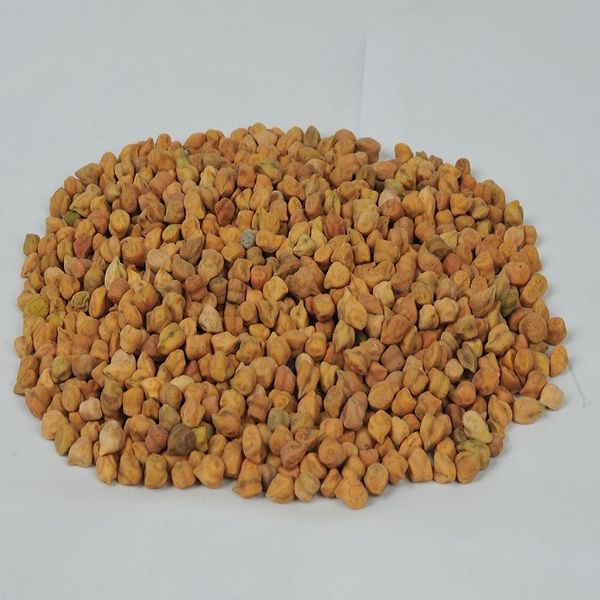
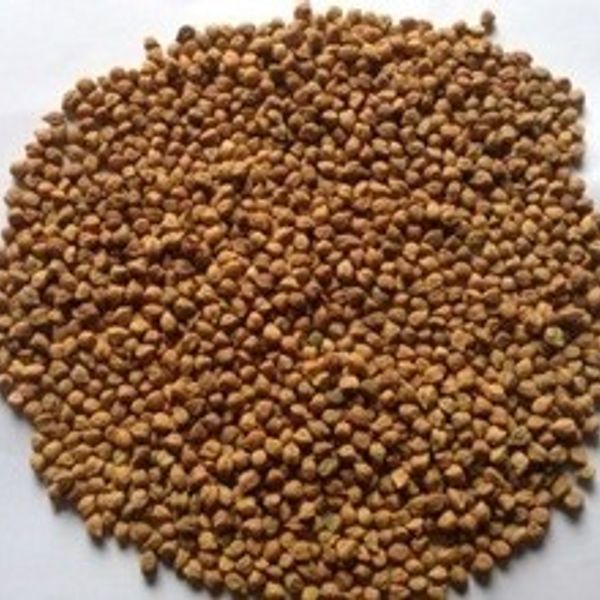
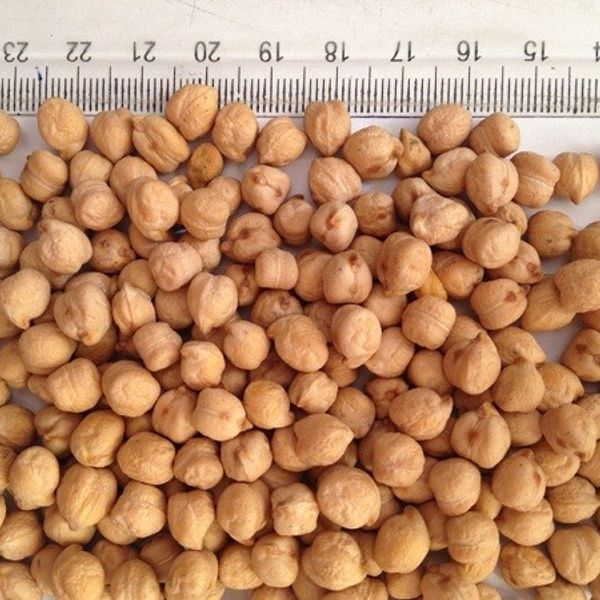
chickpea
Chickpea is one of the major pulses grown in Ethiopia, mainly by subsistence farmers usually under rain fed conditions. It is one of the main annual crops in Ethiopia both in terms of its share of the total cropped pulse area and its role in direct human consumption. It is grown widely across the highlands and semi-arid regions of the country.
75~80p. Oz., 58~60p. Oz., 14 mm, 6 mm
Kabuli, Indian Variety - Desi
As per customer's request
Fresh, Dried, Raw
Split, Whole
+ 6
Recommended suppliers for you
By clicking “Accept Cookies,” I agree to provide cookies for statistical and personalized preference purposes. To learn more about our cookies, please read our Privacy Policy.
/200x200/seller-logo/21/ed/2e/21ed2eb68c4c297057fbab565734ae169727af03/gagarii-logo.jpg)